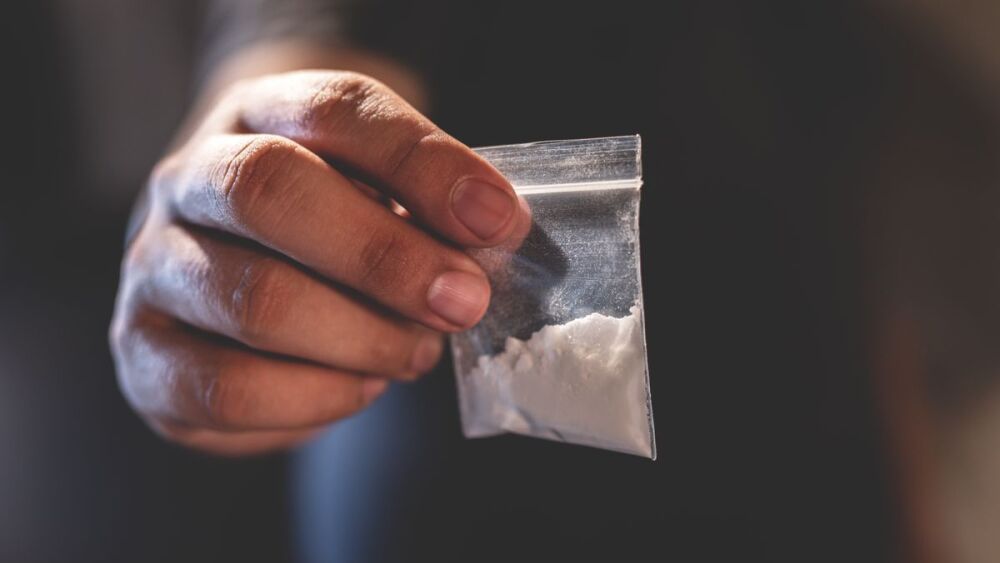Linh Tat
Daily Breeze
TORRANCE, Calif. — Nine days after a teenage student died of an apparent overdose from a fentanyl-laced pill, Los Angeles Unified School District officials announced plans to combat the national opioid epidemic, including distributing naloxone nasal sprays — used to reverse an opioid overdose in an emergency — to schools over the coming weeks.
Naloxone will be provided by the county’s Department of Public Health at no cost to the district, which has also received support from The Los Angeles Trust for Children’s Health and Children’s Hospital Los Angeles, officials said on Thursday.
There are currently enough doses for the district’s high schools, which will receive the medication over the next two weeks, officials said. Additional doses will be distributed to middle and elementary campuses as they become available. L.A. Unified has approximately 1,400 schools.
Nurses and other health care providers on campuses have been or will be trained to administer naloxone, with training to begin next month.
Additionally, school police officers on patrol will have access to Narcan in the event of an emergency.
“We have an urgent crisis on our hands,” LAUSD Superintendent Alberto Carvalho said. “Research shows that the availability of naloxone along with overdose education is effective at decreasing overdoses and death — and will save lives. We will do everything in our power to ensure that not another student in our community is a victim of the growing opioid epidemic. Keeping students safe and healthy remains our highest priority.”
During a news conference Thursday, the superintendent also outlined plans to launch a peer counseling program where 11th and 12th graders would be trained to provide health education to ninth graders, in partnership with the Miami-based Health Information Project.
L.A. Unified also plans to educate parents about the dangers of fentanyl through its Parent Academy, with coursework available online or in person, as well as through a social media campaign and public service announcements in multiple languages.
“Knowledge is life-saving. ... Knowledge is prevention,” Carvalho said.
Read more
Study: Flesh-eating drug 'tranq' linked to thousands of heroin, fentanyl ODs
"This is black, necrotic tissue destruction," said UCLA researcher Joseph Friedman
Additionally, district officials announced plans to create a safety task force, led by the Los Angeles Police Department and with the collaboration of the district’s own police department and other agencies, to use data to map out where and how frequently “critical” overdose incidents are occurring.
Los Angeles School Police Chief Steven Zipperman vowed a “laser-focused approach” to the safety task force “to ensure that we have timely, accurate and updated data ... so we can identify areas where we believe we need to concentrate on some of these emerging issues.”
Although the opioid crisis isn’t unique to LAUSD, it’s one that has gotten intense attention in the community following the Sept. 13 death of 15-year-old Melanie Ramos, a student at Bernstein High School, whom authorities believe died in a campus restroom after she and a friend ingested a fentanyl-laced pill they believed was Percocet, a painkiller.
Authorities arrested a 15-year-old boy they believe sold the narcotics to the two girls, along with a 16-year-old boy they believe sold drugs to a third student at a nearby park who also overdosed. Both boys are students at Apex Academy, a charter school that shares the campus with Bernstein High.
On Wednesday, the LAPD reported that at least seven local teenagers, including Ramos, have overdosed in the past month from pills that authorities believe contained fentanyl, a powerful synthetic opioid considered 50 to 100 times more powerful than morphine.
Zipperman said Thursday that since the start of the school year in mid-August, nine LAUSD students have overdosed — though not all the incidents occurred on campuses.
City, school and local law enforcement officials pledged last week to seek out adults who are using minors as intermediaries to sell narcotics to other students.
On Thursday, Carvalho reiterated the community’s commitment to finding the adults behind the drug ring.
“There are adults behind the curtain who are calling the shots and making this happen. And there’s nothing that makes me angrier than that,” he said. “That is why law enforcement at all levels in this community are collaborating. We want to know who those individuals are. They may run. They will not be able to hide forever.”
___
(c)2022 Daily Breeze













